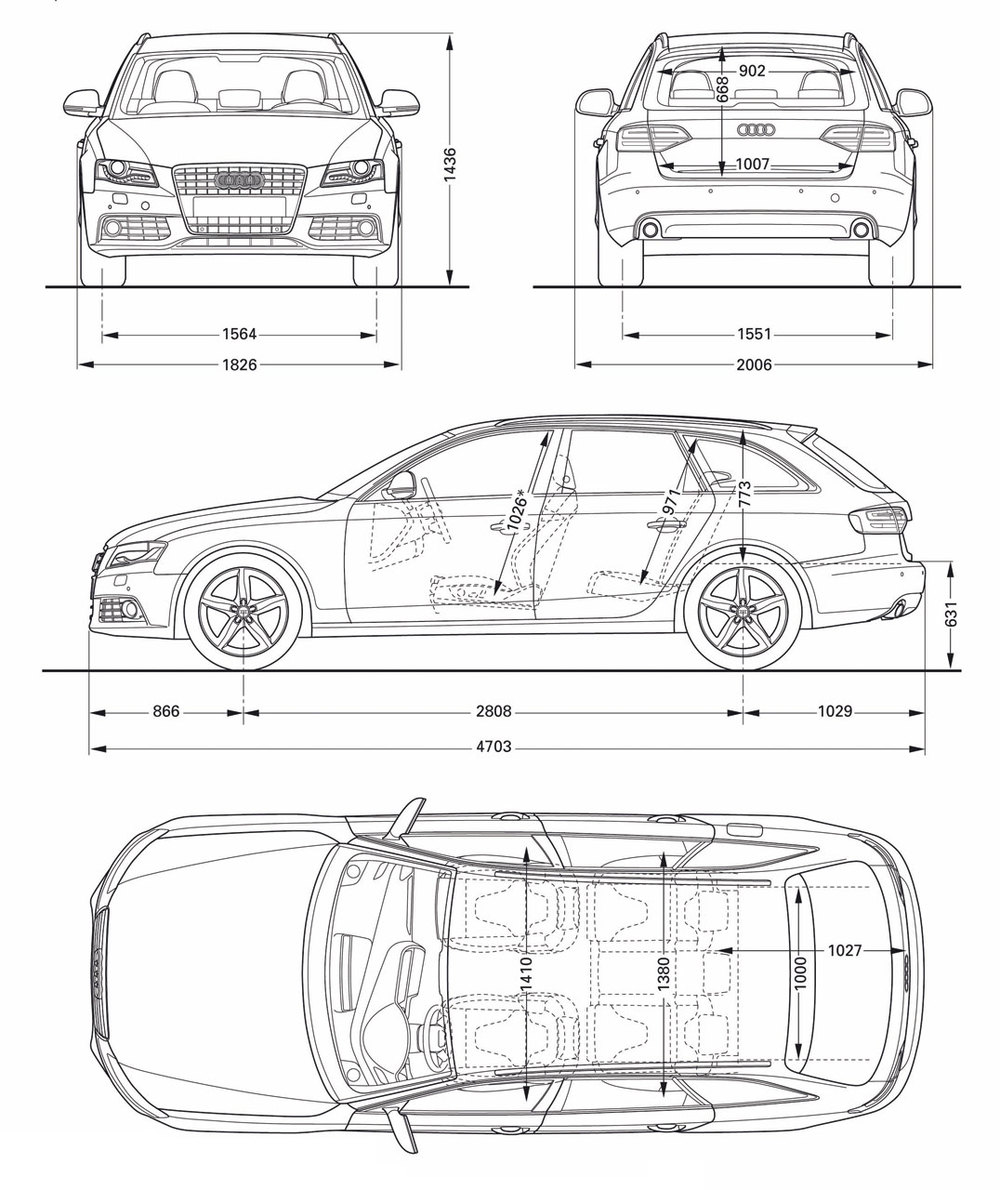How thinking styles impact team collaboration
 Tower Bridge in a fog.Cynthina Heinsohn, my business partner, and I have logged more than 20 years in our business and social relationship. Yet for all those miles traveled together, we’ve sometimes fail to communicate effectively and our connection became like a bridge in the fog…we knew the connection was there but we needed to let the fog blow away to find it.
Tower Bridge in a fog.Cynthina Heinsohn, my business partner, and I have logged more than 20 years in our business and social relationship. Yet for all those miles traveled together, we’ve sometimes fail to communicate effectively and our connection became like a bridge in the fog…we knew the connection was there but we needed to let the fog blow away to find it.
The fog didn’t derive from a deficiency in either of our abilities or from a lack of our willingness to collaborate. Rather, sometimes mishaps occurred because we forgot about the reality of several of differing attributes.
Since we became business partners with Intellicore Design Consulting and now conduct the majority of our joint business via phone, some of our attribute differences are more pronounced, impacting our interpersonal art of collaboration with each other, and we’ve required new collaboration tools to help us ensure we keep our bridge unhampered by fog.
Today, one of the differences I want to discuss are the differences in thinking styles and how these can impact collaboration and communication. Variations in thinking styles impact everyone so businesses need to pay attention to this attribute to be successful collaborators.
Spatial versus abstract thinking
Thinking aptitudes fall into two basic categories – spatial versus abstract thinking. Neither style is better than the other in terms of IQ but they do impact how an individual approaches problem solving and other thought processes.
Spatial thinkers have the aptitude for picturing in their mind’s eye the structure of 3-dimensional forms. Said another way, spatial thinkers think in pictures. They do best when they can see holistically see how information all connects together. They excel at gaining an intuitive grasp of complex systems and inductive reasoning.
There are two types of spatial thinkers. One type is more hands-on with structural objects and is typically found among engineers, architects, medicine, and various skilled trades. The other type is more theoretical and this type of spatial thinking is strong among geoscientists, economics, insurance actuaries.
In contrast, abstract thinkers, like the term suggests, are good thinking through abstract concepts rather than dealing with structures. These are folks who excel at generalization and at conceptualizing ideas. They excel at thinking symbolically. Additionally, these folks tend to be more linear in their thinking, needing step by step thought processing.
Some professions where these folks tend to do well include accounting, law, and business execs who deal with personnel problems.
Folks with strong spatial thinking abilities will have no problems taking a 2-diagram like the car diagram shown below and visualizing the completed car in three dimensions. Abstract thinkers? Not so much.

In contrast, though, folks with strong abstract thinking will be more capable of reading metaphorical meaning into an abstract image like the picture shown below. Strong spatially thinking folks are more likely see pretty colors and less so on a deeper meaning.
Spatial and abstract thinking are the two ends of a continuum. Most of us have some of each capability, although some of us are weighted more heavily towards one or the other style. For example, I score in high 90th percentile in theoretical spatial thinking and 65% in overall spatial thinking (which is why I’m hell on wheels when it comes to strategic thinking and so-so when it comes to mechanical repairs).

Cynthina has never had the benefit of aptitude testing like I have but I think she’s about 50-50 when it comes to the thinking styles. Bottom line, she’s muuuuch better at symbolic thinking than moi.
Impact of thinking styles on collaboration
Depending on your profession and collaborative group, you can find yourself in situations where one or the other thinking style will dominate or where you have a mixture.
For example, if the team consists mostly of engineers or exploration geoscientists, for example, then it’s pretty likely spatial thinkers will dominate the group. In contrast, if the team consists of mainly sales people, you’re most likely to get mostly abstract thinkers, unless it’s technical sales in which case you could have a mixture of thinking types.
The engineering group will need collaboration methods and tools that will allow them to show pictures to connect the dots. Look for more literal pictures such as schematics. If the spatial group consisted of a bunch of exploration geoscientists, then they’ll still need pictures too but it will run towards maps and diagrams to explain their theoretical concepts.
In contrast, the abstract group will tend gravitate tools that focus on symbolism. Words and lists more than pictures will be particularly helpful. And if pictures are used, then symbolic ones that evoke emotions and metaphor will be best.
Spatial thinkers may find it more difficult to collaborate via the phone alone because of the loss of pictures. Abstract folks might not find this as much of a challenge because words may be sufficient for them.
An up close example from Intellicore Design
Cynthina and I face the challenge of conducting so much of our business via phone. And being the stronger structural thinker, it’s more of a challenge for me because I loose the visual queues as well as explanatory pictures I need to make the connections that cement concepts into my brain. Being more abstract, phone conversations are easier for Cynthina.
We’ve learned the phone is a good place for us to start discussions but cannot be the end point. Follow up is a necessity to ensure we both heard and agreed to the same thing.
Employing collaboration tools to compliment thinking styles
![]() Many companies have succeeded with live and in-person collaboration while failing to achieve the same excellence via long-distance. The reason is because it’s generally easier for a team to mesh thinking styles when you’re all up close and personal.
Many companies have succeeded with live and in-person collaboration while failing to achieve the same excellence via long-distance. The reason is because it’s generally easier for a team to mesh thinking styles when you’re all up close and personal.
The challenge for many companies then collaborating via disparate locations. That’s when the team’s variable thinking styles may face greater hurdles to connection. The right collaboration tools will help each of the different thinking styles to better communicate and avoid miscommunication mishaps.
Consider for example:
- Online meetings to show a common desktop and share information (examples, GoToMeeting or WebEx).
- Wikis with text and inserted images.
- File sharing, as standalones or to use in combo with a wiki.
- Supplemental discussions (via phone or online).
For online collaboration, except for live meetings highlighted in the first bullet, we recommend GroupSwim as a great collaboration solution. Intellicore Design Consulting is a GroupSwim reseller so we readily admit to our bias -- but it's also with good reason.
Our approach
Cynthina and I document every important phone discussion, especially those that involve business strategy or project solutions. We employ pictures or flowcharts to help clarify the topics or solutions we discussed. Of course, this is Business 101 but you’d be amazed at how easy it is to skip this very necessary step.
![]() If the solution is client-focused, we tend to use professional-quality graphics but if it’s an internal discussion, we often employ a simple scanned paper and pencil drawing. Nothing fancy but sufficient to clarify the discussion.
If the solution is client-focused, we tend to use professional-quality graphics but if it’s an internal discussion, we often employ a simple scanned paper and pencil drawing. Nothing fancy but sufficient to clarify the discussion.
Guess what happens when we see things in writing and especially when we see it in pictures? We sometimes discover what one of us believed to be ever so clear isn’t. When that happens, we reopen discussions and continue cycling around until we gain mutual clarity.
For continuing discussions we use either phone discussions, in combination with GoToMeeting, or online discussions, depending on the situation. We stay active in our business so we don’t always have coordinated schedules and that’s when online discussions work well. Additionally, discussions that extend beyond the two of us, for example to include our partners, are also good candidates for online discussions.
Any important documentation (both iterative and final docs) gets posted to our internal GroupSwim site, our online collaboration solution, so we both have visibility to it.
Summary
My opening picture for this article showed the Tower Bridge in a fog to demonstrate the foggy collaboration experience your teams might experience if your business fails to account for different thinking styles.
Conversely, if you take those styles into account, then your collaborations will be clearer like the Tower Bridge on a clear day.
 Tower Bridge on a clear day.
Tower Bridge on a clear day.
In case you're wondering, my article images help convey my messages to folks with both types of thinking styles -- pictures for the visual types and metaphor for the abstracts.
For some of you, this article may sound like Business 201. In many ways it is. No matter how effective your company collaborating across teams, though, doing so when folks aren't up close and personal introduces more challenges to success. What we talked about today, is how to use online tools to help folks with different thinking styles deploy practical methods to achieve better collaboration.
If you’d like help in strategizing the best collaboration tool sets for your company, send up a flare to us. We’ve been helping ourselves and other teams deal with collaboration issues in one form or another for years in terms of strategy and tools. We'd be happy to help.
